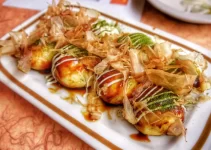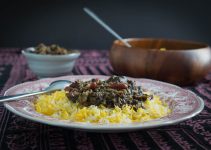The papadam, also known as poppadom, papad, or appalam in various Indian liographies, is a thin, crisp, disc-shaped food popular in the Indian subcontinent. Papada is made from lentil, chickpea, rice, or potato flour and has a proven delicious taste and the ideal snack for millions of people. Over the years, Papada has evolved into an integral part of Indian food culture and is a popular dish not only in India but also in Sri Lanka, Nepal, Pakistan, and global Indian diaspora communities.
The origins of Papada go back centuries to the vibrant trapans in their traditional kitchens, working on making food with their hands. In today’s world, papadam has become the perfect accompaniment to any Indian meal. It manifests a historic legacy that celebrates creativity and an Indian culinary heritage in South Asia. With globalization, the taste and flavor of Papada have spread worldwide to impress and attract people and foodies.
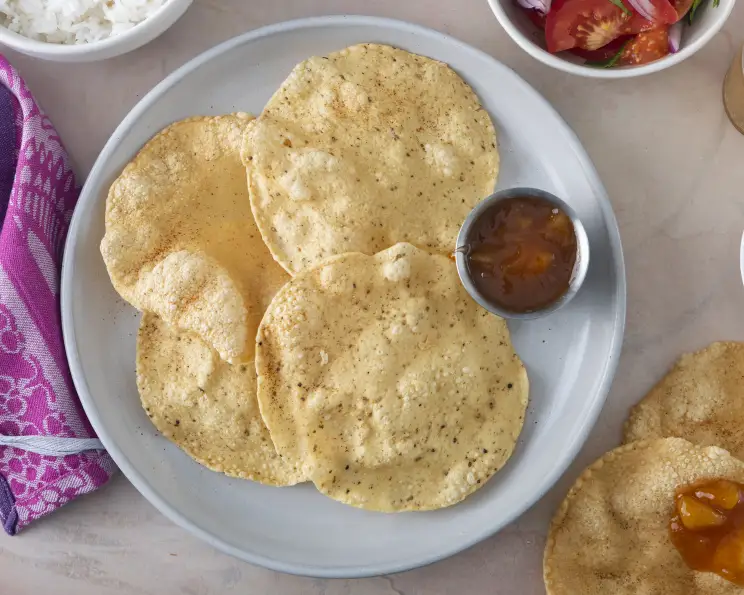
Table of Contents
ToggleHistory of Papadam
Ancient Origins
Papadum is derived from the Sanskrit term parpaṭa and is thought to have existed since ancient times. It is mentioned in historical documents, classic books, and customs throughout South Asia, suggesting the snack’s association with South Asian families for thousands of years. The meal was treated as an art form and passed down through families, with each area giving its own magical contact.
Regional Varieties
South Asia has several ways of making togelon login alternatif papadam, and they all differ in texture, taste, and size. In North India, it is popularly known as papad, from urad dal flour , in South India, appalam, usually made with rice or sago flour while the western state, Gujarat, has proved to declare khakhra which is a thicker version of papad. Kerala is known to have pappadam, and they are mostly used as a staple during the serving of the famous ‘sadhya’.
Role in Traditional Meals
Papadam is a South Asian staple. It often works as a flavorful break between meals or a crispy addition to rice dishes. In Kerala, it is a must-have for the region’s Onam festival meal, while in Tamil Nadu, it eats on the meal called in banana leaf.
Ingredients and Preparation
Core Ingredients
Papadam primarily comprises flour made from legumes or grains. The most common ingredients include:
- Lentil flour: Usually urad dal or masoor dal
- Chickpea flour: Known as besan
- Rice flour: Particularly in South India
- Potato flour: Adds a distinct flavor and crispness
- Sago flour: Often used in Tamil Nadu
- Seasonings: Black pepper, cumin seeds, garlic, or asafoetida for flavor
Traditional Preparation Method
- Dough Preparation: The flour, spices, and salt are mixed with water to create a firm dough.
- Shaping: The dough is rolled into small balls, which are then flattened into thin discs using a rolling pin or a special Papada press.
- Drying: These discs are sun-dried on a cloth or a mesh for several hours or even days until they become dry and crisp.
- Cooking: Traditionally, the dried Papada are roasted over an open flame or fried in hot oil until they puff up and become golden brown.
Commercial Production
With the increasing demand, many papadam varieties are now mass-produced using machines. Commercial papadam factories employ a mix of traditional techniques and modern machinery. The machines automate rolling, shaping, and drying while ensuring consistent quality and flavor.
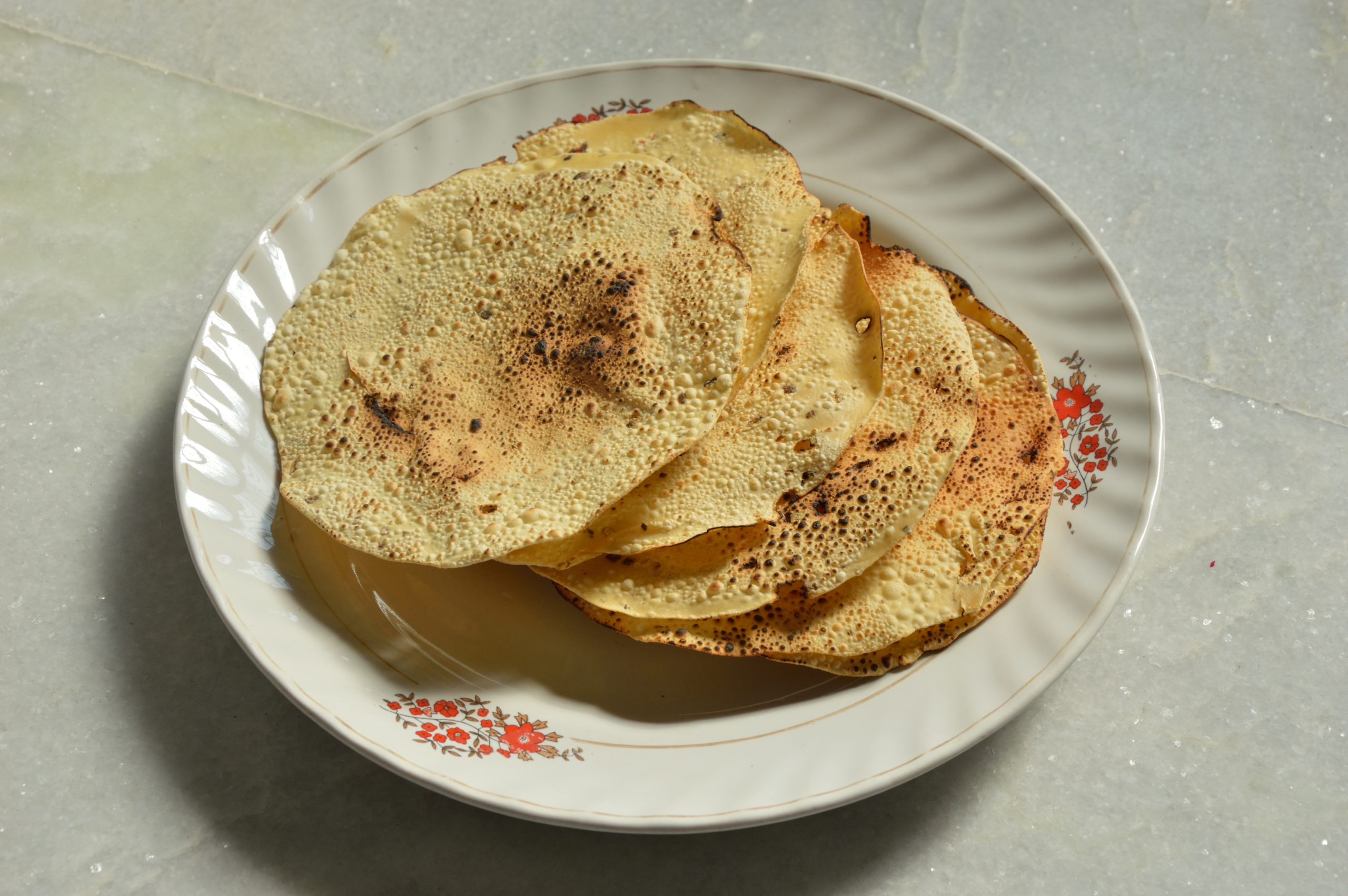
Types and Regional Varieties
By Ingredients
- Urad Dal Papadam: Made from black gram flour and popular in North India.
- Rice Papadam: Predominantly found in South Indian states like Tamil Nadu and Kerala.
- Potato Papadam: Adds a distinct flavor and is more common in Maharashtra.
- Chickpea Papadam: Also known as besan papad, popular across many Indian households.
By Flavor
- Spicy Papadam: Infused with chili powder, pepper, or cumin seeds.
- Garlic Papadam: Contains finely ground garlic for a distinct aroma.
- Plain Papadam: Mildly flavored, often served with chutney or dips.
- Masala Papadam: Topped with finely chopped onions, tomatoes, and spices after cooking.
Regional Varieties
- Appalam: From Tamil Nadu, often smaller and milder.
- Pappadam: Kerala’s variant, usually served with coconut oil.
- Khakhra: Thicker, larger, and similar to a cracker, from Gujarat.
- Sago Papadam: Made with sago flour and popular in Tamil Nadu.
Culinary Uses
Accompaniment to Main Courses
Papadam is commonly served alongside rice dishes like biryani or pulao. In South India, it’s eaten with sambar and rasam. In Sri Lanka, it’s an essential accompaniment to their rice and curry meals.
Snacks and Appetizers
- Masala Papadam: Topped with onions, tomatoes, coriander, and spices.
- Papad Chaat: Crumbled Papada mixed with chickpeas, potatoes, and yogurt.
- Fried Papadam: Simply deep-fried and served with dips like mango chutney.
Desserts
In some South Indian communities, Papada is used to make sweet snacks like papad poli, where it’s stuffed with jaggery and coconut.
Innovative Modern Uses
- Papad Pizza: A fusion dish with Papada as the base topped with pizza ingredients.
- Papad Salad: Crumbled Papada in salads for extra crunch.
- Papad Cones: Shaped into cones and stuffed with fillings like paneer or chicken.
Nutritional Value and Health Benefits
Nutritional Profile
Papadam, particularly those made from legumes, offers a decent nutritional profile:
- Proteins: Legume-based Papada is a good source of plant protein.
- Carbohydrates: Primarily in the form of starches.
- Fiber: Helps in digestion and gut health.
- Micronutrients: Contains vitamins and minerals like iron, magnesium, and potassium.
Health Benefits
- Gluten-Free: Papada made from rice, chickpea, or lentil flour is naturally gluten-free.
- High Protein: Lentil-based Papada is an excellent protein source for vegetarians.
- Digestive Aid: The use of spices like cumin and asafoetida aids digestion.
Potential Health Concerns
- High Salt Content: Some commercial Papada varieties may contain high salt levels.
- Fried Varieties: Deep-fried Papada can be high in fat and calories.
Papadam in Popular Culture
Movies and Literature
Papada is often depicted in Indian cinema and literature, symbolizing familial warmth and cultural heritage. In Bollywood movies, it’s sometimes humorously shown as a test of cooking skills for prospective brides.
Social and Cultural Significance
In many households, Papada preparation is a communal activity involving multiple family members. Women, particularly in rural areas, gather to prepare papadam, strengthening social bonds. The snack is also exchanged as gifts during festivals like Diwali and Onam.
Global Influence
Indian restaurants worldwide offer papadam as a complimentary appetizer, introducing it to a global audience. In the UK, it’s a popular takeaway item, and in the US, it’s often served with tamarind and mint chutneys.
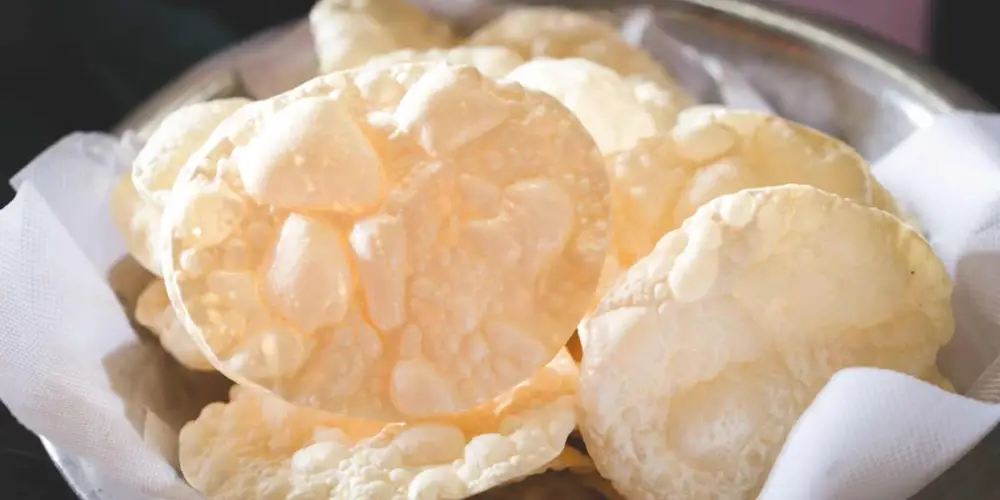
Commercialization and Market Trends
Growth of the Papadam Industry
The commercialization of papadam has transformed it into a global snack. Brands like Lijjat Papad and Haldiram’s have pioneered this shift, making Papada available in supermarkets worldwide.
Key Market Players
- Lijjat Papad: A cooperative started by women in 1959, now a household name.
- Haldiram’s: Offers a range of papadam varieties.
- Bikaji: Known for its spicy and flavored papadams.
- Shri Mahila Griha Udyog: Another popular cooperative.
Consumer Preferences
- Health-Conscious Variants: Roasted or baked Papada appeals to health-conscious consumers.
- Exotic Flavors: Gourmet Papada with exotic flavors like truffle and seaweed.
Export Markets
Papadam is exported to several countries, primarily to regions with a significant Indian diaspora. The UK, the US, and the Middle East are among the largest markets.
Recipes and DIY Papada Preparation
Basic Papadam Recipe
Ingredients:
- Urad dal flour: 1 cup
- Salt: 1 tsp
- Black pepper: ½ tsp
- Cumin seeds: ½ tsp
- Asafoetida: a pinch
- Water: as required
Instructions:
- Mix urad dal flour with salt, pepper, cumin seeds, and asafoetida.
- Add water gradually to form a firm dough.
- Divide the dough into small balls and flatten them into thin discs.
- Sun-dry the discs until completely dry and crisp.
- Roast or fry the dried discs until they puff up and turn golden brown.
Gourmet Papada Recipes
Papad Pizza:
- Prepare a base with a roasted papadam.
- Spread pizza sauce and add toppings like mozzarella, tomatoes, and basil.
- Bake until the cheese melts.
Masala Papadam Salad:
- Roast papadam and break it into bite-sized pieces.
- Mix with chopped onions, tomatoes, cucumber, coriander, and chaat masala.
- Drizzle lemon juice and serve.
Stuffed Papad Cones:
- Shape roasted papadam into cones.
- Stuff with fillings like paneer, potatoes, and spices.
- Garnish with coriander and serve with mint chutney.
Conclusion
Despite the variation in its regional forms and staple history, Papada stands as an undeniable symbol of South Asian cuisine. The little lentil cracker seems to have traveled quite a bit over the past few centuries and has managed to jump across borders and oceans to become a types of foods with a global audience. It can be a vehicles for flavor when paired with a full meal, crafted into its unique form of crisps. It may be as simple as a crunchy snack with a hint of flavor or two, but Papada is a foodstuff that takes on many forms and holds a special place in the hearts of those who come across it.
From kitchens hundreds of years ago to commercial factories that feed much of the world, food has always been a universal experience, and Papada is a fine example of this assertion. Although the Papada has differentiated due to fast foods spreading around the world, its variations and styles indicate it will remain a well-liked and trendy form of South English food. It may have a distinctive flavor, but that flavor undoubtedly favors many people all over the world, born and unborn.
If you found this exploration of culinary heritage intriguing, we invite you to delve into another captivating narrative by exploring our article about Alor Island, where culture, tradition, and natural beauty intertwine to offer a truly enriching experience.


